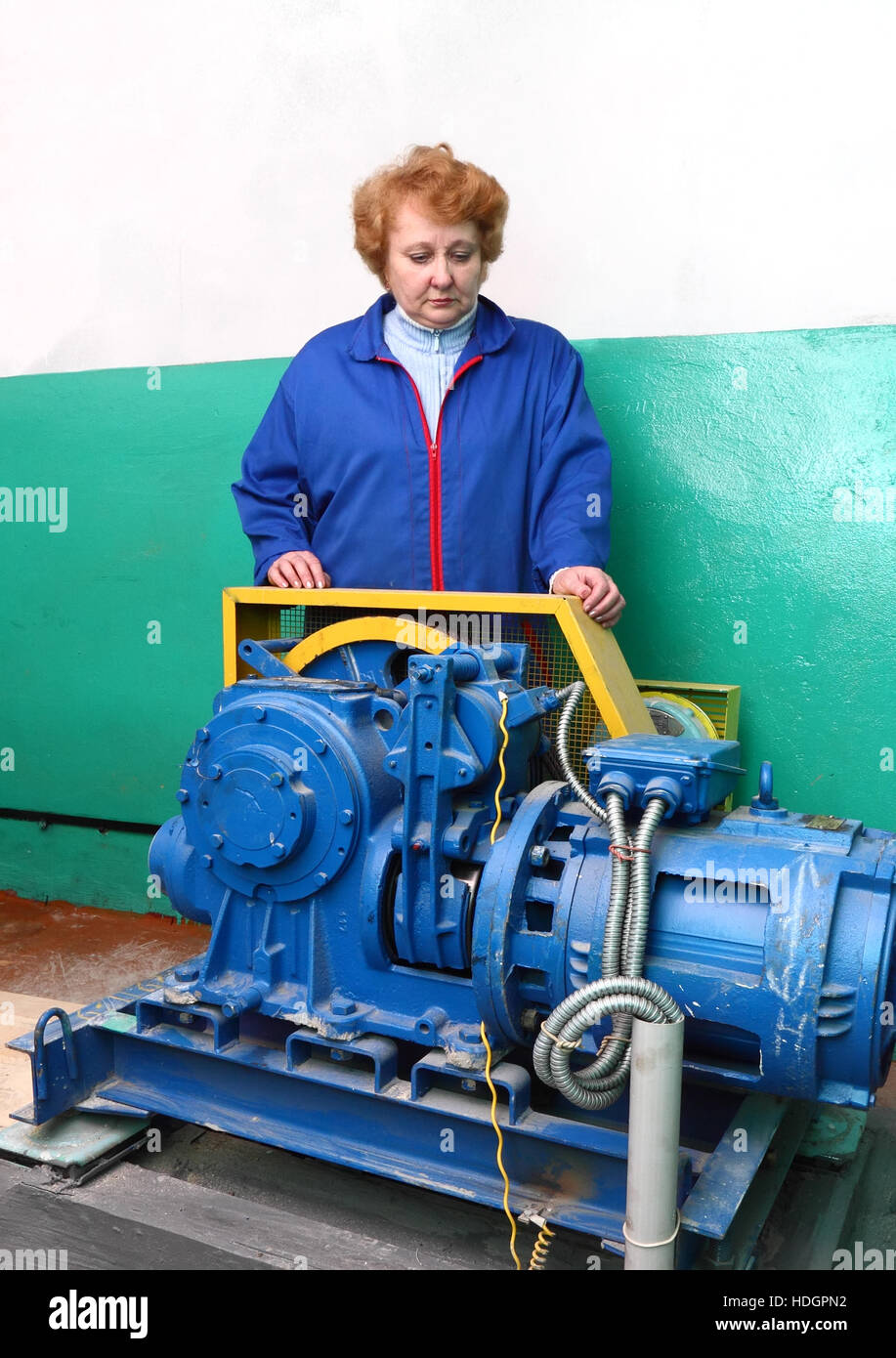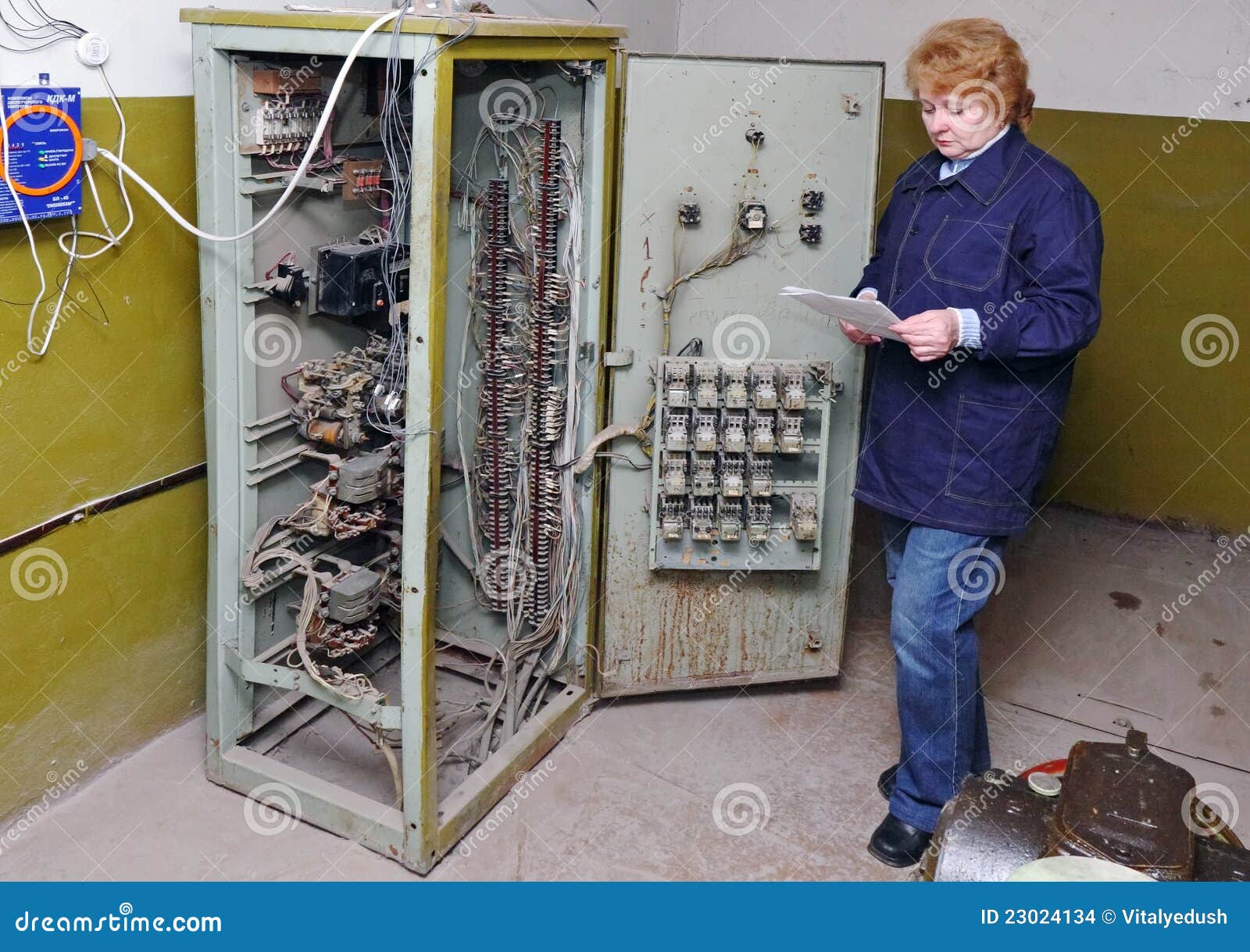Specialist Lift Repair Company for Fast and Successful Solutions
Specialist Lift Repair Company for Fast and Successful Solutions
Blog Article
Discovering the Comprehensive Procedures Required for Lift Upkeep
In the realm of building maintenance, guaranteeing the correct functioning and security of lifts is extremely important. By dealing with crucial aspects such as aggressive maintenance schedules, safety and security checks, and emergency situation readiness, an extensive understanding of the complexities entailed in lift upkeep can lead to enhanced effectiveness and security.
Regular Inspections
When it concerns guaranteeing the durability and safety and security of your lift system, normal inspections are critical. These routine checks play a vital role in determining any type of prospective problems prior to they intensify right into significant issues, making sure the risk-free and smooth procedure of the lift. By carrying out normal examinations, upkeep groups can proactively resolve damage, damaged components, or any other concerns that may compromise the lift's performance or safety and security.
Throughout these examinations, educated experts completely analyze different elements of the lift system, including mechanical parts, electric systems, security features, and overall architectural stability (lift repair company). They look for signs of wear, corrosion, leakages, or any type of anomalies that could show an issue. Additionally, they validate that all security devices are functioning correctly and in compliance with policies. By detecting and addressing concerns at an early stage, these inspections aid stop costly fixings, downtime, or security hazards, inevitably extending the life-span of the lift system and guaranteeing the health of its individuals.
Proactive Maintenance Schedules
Applying proactive maintenance schedules is crucial for making the most of the effectiveness and long life of lift systems. By sticking to a proactive maintenance technique, lift proprietors can address prospective concerns prior to they rise right into significant problems, eventually minimizing downtime and pricey repairs. Positive maintenance includes regular assessments, lubrication of relocating components, screening security features, and replacing used elements. These set up maintenance tasks not only assist in stopping failures but also contribute to maintaining the lift's performance at optimal levels.
A well-structured aggressive maintenance schedule should lay out certain tasks, frequencies, and responsible employees. When producing these schedules to make certain the lift runs safely and effectively, it is essential to follow maker recommendations and sector criteria. Furthermore, recording maintenance tasks and keeping thorough records can provide beneficial insights right into the lift's performance with time, assisting in making and identifying fads informed upkeep decisions.

Security Conformity Checks
Ensuring safety conformity via thorough checks is vital in keeping lift systems' reliability and safeguarding individual health. Security conformity checks involve a detailed evaluation of different parts, including electric systems, mechanical components, emergency brakes, doors, and various other critical security functions. These checks are necessary to determine any kind of potential risks or breakdowns that can jeopardize the lift's operation and put customers at risk.
Routine security conformity checks should be carried out by certified specialists in adherence to market laws and standards. These checks assist in spotting problems at an early stage, permitting for prompt repairs and preventive maintenance procedures to be carried out. Maintaining in-depth documents of security conformity checks is vital for tracking the lift system's efficiency over time and demonstrating compliance with safety policies.
Equipment Upgrades and Innovation
Enhancing lift systems with equipment upgrades and modernization is necessary for enhancing efficiency and safety and security requirements in vertical transport. As innovation advancements, older lift systems might end up being outdated, bring about lowered integrity and potential safety and security dangers. By buying tools upgrades and modernization, structure owners can make certain that their lifts meet existing industry criteria and laws.

Along with functional benefits, devices upgrades and modernization projects can also improve the aesthetics of the lift, giving a more modern-day and appealing experience for travelers. Ultimately, spending in lift upgrades and modernization is a positive strategy towards making sure the long life, security, and performance of vertical transport systems.
Emergency Situation Readiness Planning
An effective emergency preparedness plan is crucial for guaranteeing the security and quick action in case of unexpected events including lift systems. Emergency situation readiness preparation for lift systems includes an organized approach to mitigate risks, ensure passenger safety, and minimize downtime during emergencies.
Key components of an emergency preparedness prepare for lifts include clear interaction methods, normal training for lift drivers on emergency situation procedures, and routine drills to evaluate the efficiency of the plan. lift maintenance. Furthermore, the plan should outline specific duties and duties for all stakeholders included, including building management, upkeep workers, and emergency responders
In the event of a lift breakdown or entrapment, having a distinct emergency situation strategy can help in coordinating a prompt and reliable reaction to guarantee the safety and well-being of travelers. Timely interaction, accessibility to emergency situation equipment such as communication devices and emergency situation illumination, and knowledge of discharge treatments are necessary elements of a comprehensive emergency situation preparedness prepare for lift systems. By prioritizing emergency preparedness planning, structure managers can boost the general safety over here and dependability of their lift systems.
Conclusion
To conclude, the comprehensive actions required for lift maintenance include routine inspections, aggressive maintenance routines, safety and security compliance checks, tools upgrades and modernization, and emergency situation preparedness planning. These actions are crucial for guaranteeing the safety and security, reliability, and effectiveness of lifts in numerous settings. By carrying out these actions, lift owners can lessen the threat of accidents, prolong the life-span of their equipment, and adhere to sector regulations.
During these evaluations, educated specialists extensively examine numerous facets of the lift system, consisting of mechanical parts, electrical systems, safety features, and general architectural stability.Making certain safety and security compliance through click complete checks is extremely important in keeping lift systems' reliability and safeguarding user well-being. Keeping comprehensive records of safety conformity checks is essential for tracking the lift system's performance over time and demonstrating compliance with safety regulations.
By focusing on emergency situation readiness preparation, structure managers can improve the overall safety and reliability of their lift systems.
Report this page